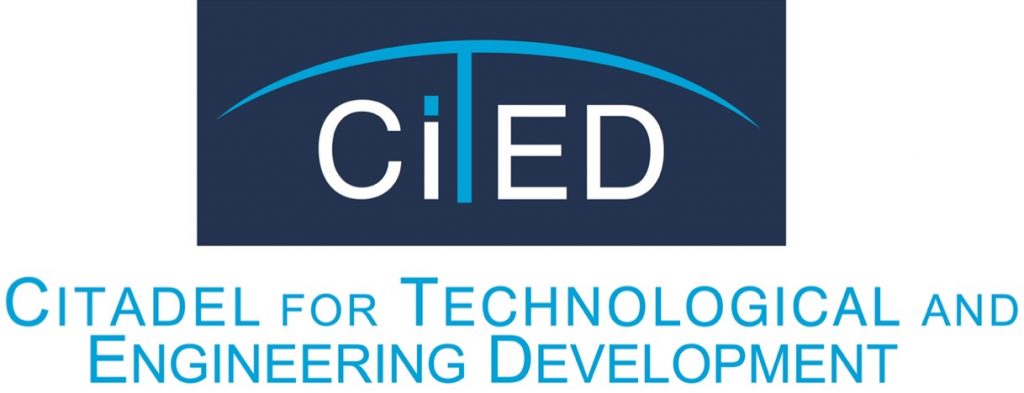Working on overhead lines presents inherent risks associated with electricity, height, and weather. This 3-day training program equips personnel with the knowledge and skills to optimize safety during preventive maintenance activities. Through interactive sessions, practical exercises, and industry best practices, participants will gain confidence in mitigating risks and ensuring a safe work environment.

Introduction:
Working on overhead lines presents inherent risks associated with electricity, height, and weather. This 3-day training program equips personnel with the knowledge and skills to optimize safety during preventive maintenance activities. Through interactive sessions, practical exercises, and industry best practices, participants will gain confidence in mitigating risks and ensuring a safe work environment.
Objectives:
- Understand the specific safety hazards associated with overhead line maintenance.
- Implement effective risk assessment and mitigation strategies.
- Apply safe work practices and procedures based on industry standards and regulations.
- Utilize appropriate personal protective equipment (PPE) and fall protection systems.
- Identify and manage emergency situations effectively.
Content:
Day 1: Foundation for Safety
- Hazards and Risks: Recognizing electrical, fall, weather, and environmental hazards.
- Regulatory Overview: Understanding relevant OSHA, ANSI, and company safety regulations.
- Risk Assessment and Mitigation: Conducting job hazard analyses (JHA) and implementing control measures.
- Safe Work Practices: Permitting, grounding, de-energization procedures, lockout/tagout.
- Personal Protective Equipment (PPE): Selection, inspection, and proper use of PPE for overhead line work.
Day 2: Height Safety and Fall Protection
- Fall Prevention Systems: Choosing and inspecting harnesses, lanyards, anchors, and rescue equipment.
- Working at Heights: Safe climbing techniques, ladder safety, working on uneven surfaces.
- Rescue Procedures: Self-rescue and assisted rescue techniques for fall incidents.
- Practical Exercises: Setting up fall protection systems, conducting mock rescues, practicing safe climbing and work positioning.
- Equipment Demonstration: Familiarization with various fall protection equipment and their functionalities.
- Case Studies: Analyzing real-world fall incidents and lessons learned
Day 3 : Emergency Preparedness and Management
- Electrical Emergencies: Arc flash, shock hazards, first aid for electrical injuries.
- Weather Emergencies: Lightning strikes, high winds, working in extreme temperatures.
- Fire Emergencies: Recognizing fire hazards, using fire extinguishers, evacuation procedures.
- Emergency Action Plan (EAP): Reviewing and understanding the company’s EAP.
- Incident Reporting and Investigation: Procedures for reporting accidents and near misses.
- Continuous Improvement: Identifying opportunities to further enhance safety culture and practices.
Conclusion:
- Review and Summary: Key takeaways and reinforcement of main points.
- Q&A and Open Discussion: Addressing any remaining questions and concerns.
- Evaluation and Certification: Completion of assessments and awarding of training certificates.

